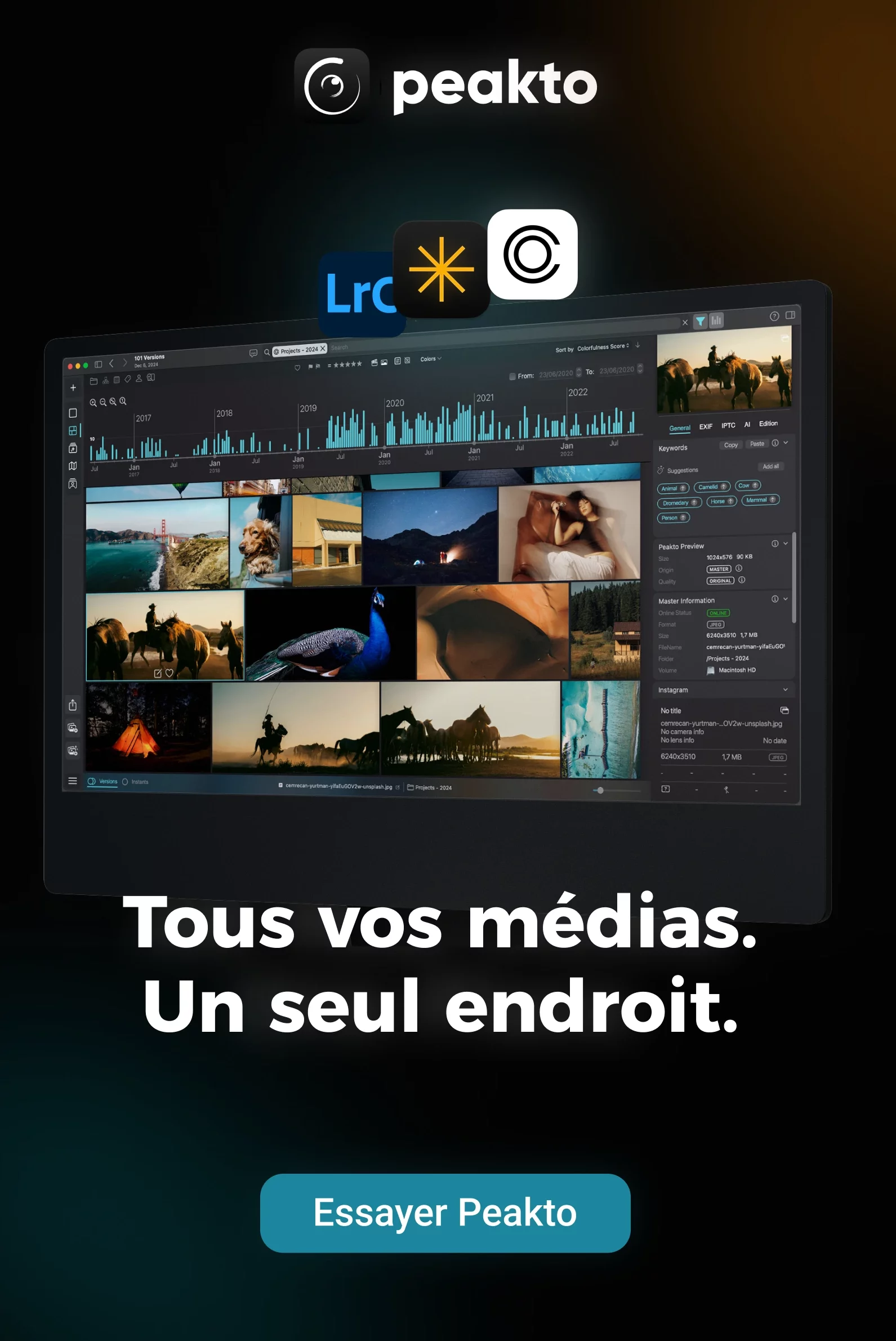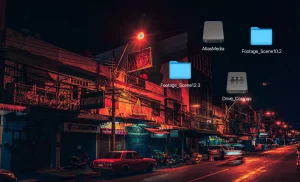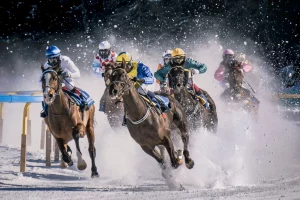Comment conciliez-vous le besoin impérieux de vous engager pour la protection des animaux avec la nécessité artistique de vivre de votre passion, la photographie ? Lana Tannir a choisi cette voie. À travers ses photos, la photographe de nature, de paysages et de conservation de la faune, Lana Tannir, nous permet de porter un autre regard sur la protection des animaux dans l’Arctique et le sub-Arctique. Curieuse d’en savoir plus sur la photographie animalière et l’engagement des photographes pour faire de la protection des animaux un enjeu clé dans la lutte contre le changement climatique, j’ai choisi de rencontrer Lana Tannir, également ambassadrice de World Animal Protection, qui s’efforce de promouvoir un changement global en sensibilisant, en faisant progresser l’éducation et en inspirant les gens à agir à travers son travail.
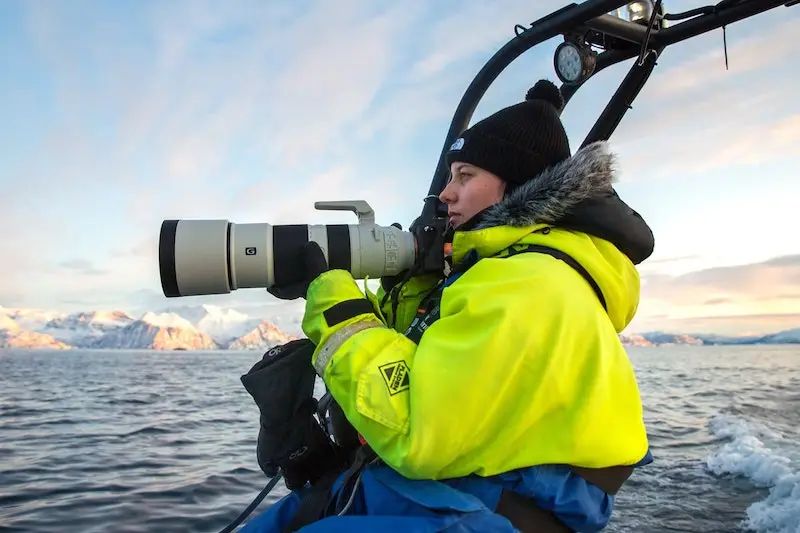
La passion de Lana Tannir pour la narration photographique dans l'Arctique et le subarctique
Salut Lana, peux-tu nous en dire plus sur toi ? Parle-nous de ton univers photographique?
Je suis une photographe professionnelle de nature, de paysages et d’animaux sauvages et ambassadrice de la protection mondiale des animaux, basée à Munich, en Allemagne. Je me spécialise dans les projets liés à la conservation de la nature et à la protection des animaux pour des organisations, des éditoriaux et des marques durables.
Mes histoires visuelles décrivent principalement des environnements difficiles et des régions reculées de l’Arctique et du Subarctique. J’espère ainsi dévoiler la beauté de certains des derniers endroits inhabités de la planète, sensibiliser le public à ces écosystèmes fragiles et l’inciter à les protéger.
Parmi mes publications les plus récentes figurent National Geographic Germany, Terra Mater Magazine, Oceanographic Magazine, Wildlife Photographic et XCity Magazine.

Pouvez-vous nous dire d'où vient votre passion pour la photographie ? Qu'est-ce qui vous a décidé à approfondir la pratique de la photographie et qu'est-ce qui vous pousse à continuer ?
Ma passion pour la narration visuelle s’est développée dès mon plus jeune âge. J’ai pris une caméra à l’âge de seize ans et je me suis d’abord concentré sur la réalisation de films pour communiquer mes idées, mes perceptions et mes sentiments. Ayant créé mon premier court-métrage primé la même année, j’ai décidé que c’était la carrière que je voulais poursuivre.
À dix-huit ans, j’ai demandé à étudier à la Tisch School of the Arts de l’université de New York. En déménageant à New York, je me suis immergée dans la scène créative. J’ai ainsi assumé différents rôles dans la production – de la production, du montage et de la réalisation à l’assistance sur des films de grande envergure.
Cependant, tout au long de mon parcours, j’ai toujours eu l’impression qu’il me manquait une pièce du puzzle. Les histoires sur lesquelles je travaillais n’étaient pas satisfaisantes. De plus, j’avais du mal à mettre un pied dans une industrie dominée par les hommes. Me sentant déconnectée du secteur et de son format de narration, je suis retournée dans ma ville natale en Allemagne.
À la recherche d’un sens plus profond à la narration, je suis retournée à mes racines en me lançant dans un voyage pour documenter le monde naturel en tant que photographe paysagiste et animalier. Cependant, tout a changé après avoir été témoin d’une série de problèmes de conservation. Ma passion pour la science et l’art s’est transformée en une mission : inciter à un changement positif en mettant en lumière les problèmes de conservation à l’échelle locale et mondiale. C’est cette mission qui guide mon travail jusqu’à aujourd’hui.
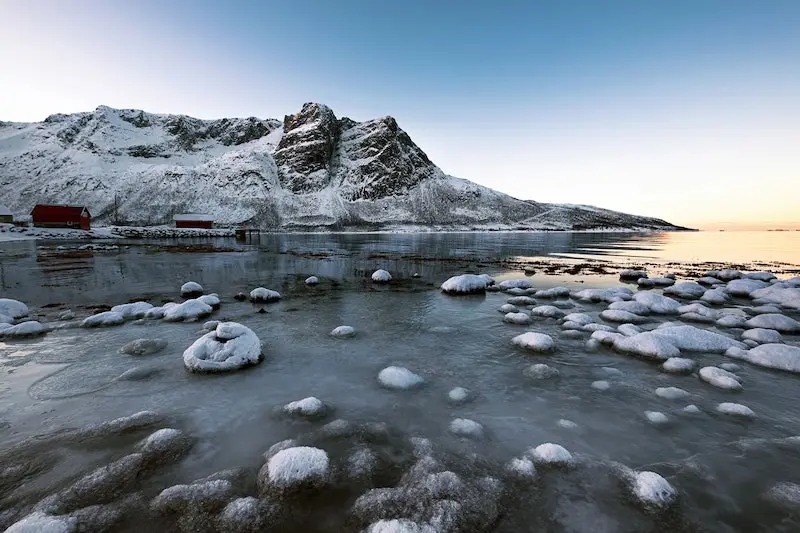
Pourquoi avez-vous décidé de vous lancer dans la photographie de paysages et d'animaux sauvages ?
Documenter l’environnement, sa biodiversité et ses écosystèmes imbriqués est à la fois l’une des expériences les plus stimulantes et les plus enrichissantes. Pour moi, l’exploration de mon environnement naturel m’instruit, m’inspire et me tient constamment en éveil. En outre, c’est l’un des principaux moyens par lesquels je crée un lien personnel avec la nature et incite à la compassion à son égard en partageant des histoires visuelles uniques avec un public plus large.
Enfin, en approfondissant les thèmes de la protection de la nature et de la conservation de la vie sauvage, j’ai découvert qu’il existe encore de nombreuses histoires non racontées. En fin de compte, la photographie de paysage et la photographie animalière jouent toutes deux un rôle dans mon travail de conservation et servent à soutenir les messages que j’ai l’intention de transmettre.
« Pour moi, l’exploration de mon environnement naturel m’instruit, m’inspire et me tient constamment en éveil. »
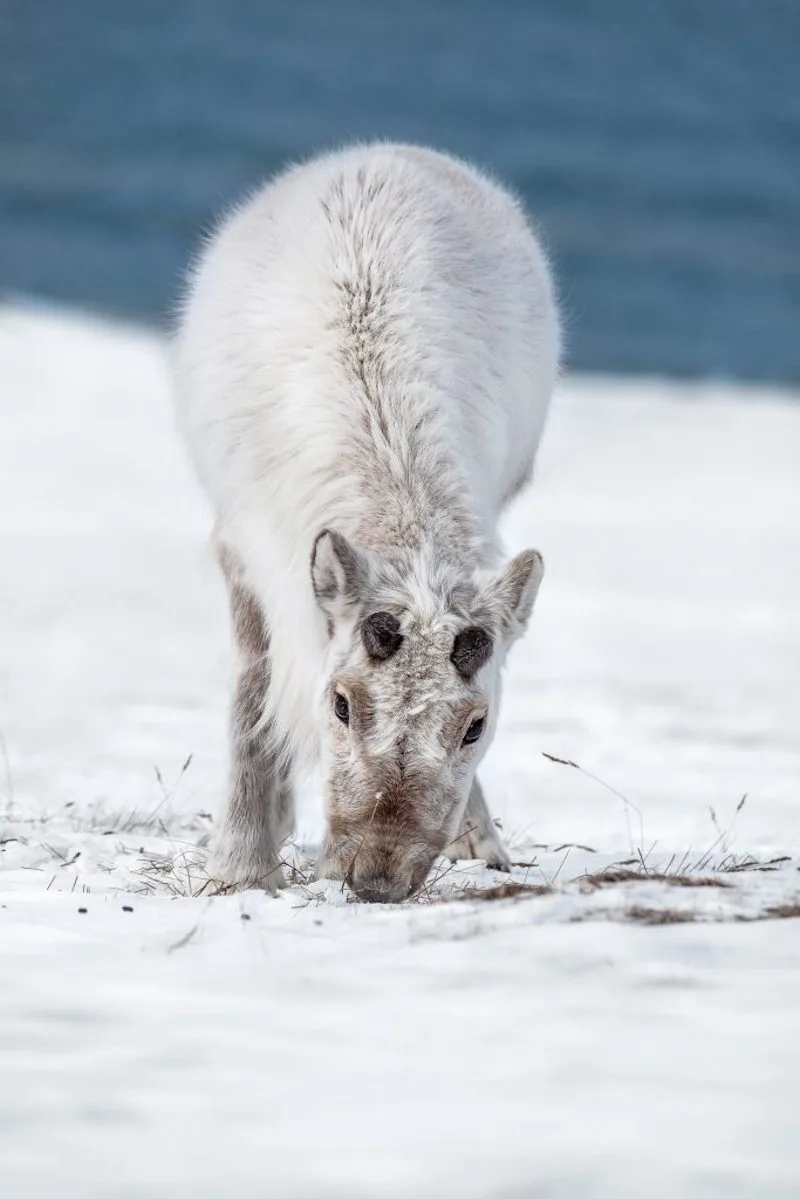
Où trouvez-vous votre inspiration ?
La plupart du temps, je trouve mon inspiration dans les cultures locales que je rencontre au cours de mes voyages. Écouter un autochtone raconter des histoires sur ses traditions, ses mythologies et ses expériences ne peut être remplacé par aucun guide de voyage.
Percevoir un environnement de première main à travers les yeux de l’histoire de quelqu’un d’autre contribue énormément à mon travail de conteur et de photojournaliste. De plus, cela m’informe sur les défis de la conservation sur place et m’offre de nouvelles opportunités pour en rendre compte de manière authentique.
« Je trouve mon inspiration dans les cultures locales que je côtoie au cours de mes voyages. »
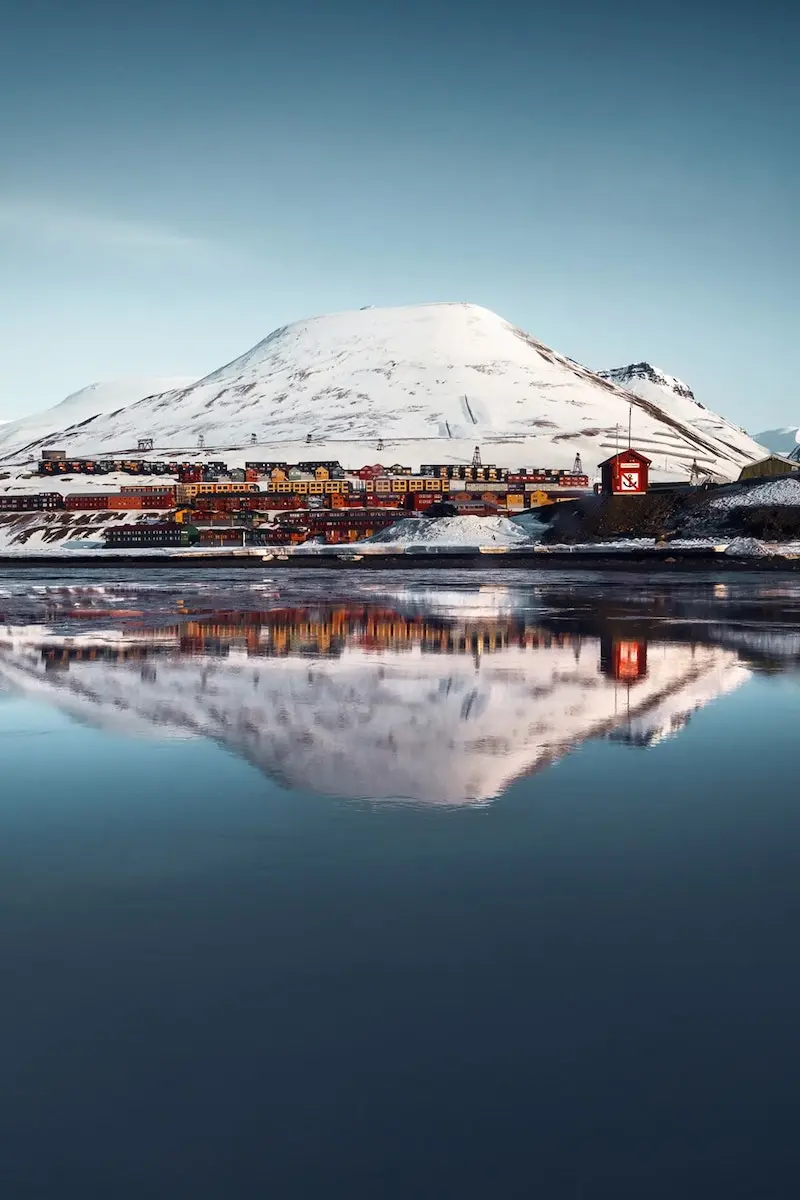
Comment sensibiliser à l'écologie grâce à la photographie autour de la conservation de la faune ?
Les sujets liés à l'écologie et au développement durable ont-ils été des sujets moteurs ou inspirants dans votre production photographique ?
L’écologie et le développement durable ont joué un rôle considérable dans mes activités personnelles et mes projets photographiques. En plus d’étudier actuellement la biodiversité et l’écologie à l’université, l’objectif principal de ma photographie a été de dévoiler des histoires de conservation et de protection de la nature. Le but ultime est d’inspirer et d’éduquer le public à l’échelle mondiale pour qu’il se soucie de notre environnement.
Dans cette optique, les arts visuels peuvent servir de nombreux objectifs pour soutenir les initiatives de conservation. En premier lieu, le cinéma et la photographie permettent d’engager la conversation et d’ouvrir les yeux, ce qui contribue à mettre en lumière un problème particulier. En documentant le problème en question, la recherche scientifique est rendue accessible à un public plus large. Le public est invité à se connecter au sujet sur un plan émotionnel, plutôt que de se voir présenter des faits ennuyeux. On pourrait donc dire que l’art visuel est l’intermédiaire entre la science et la compréhension du public.
« L’objectif ultime : inspirer et éduquer le public à l’échelle mondiale pour qu’il se soucie de notre environnement. »
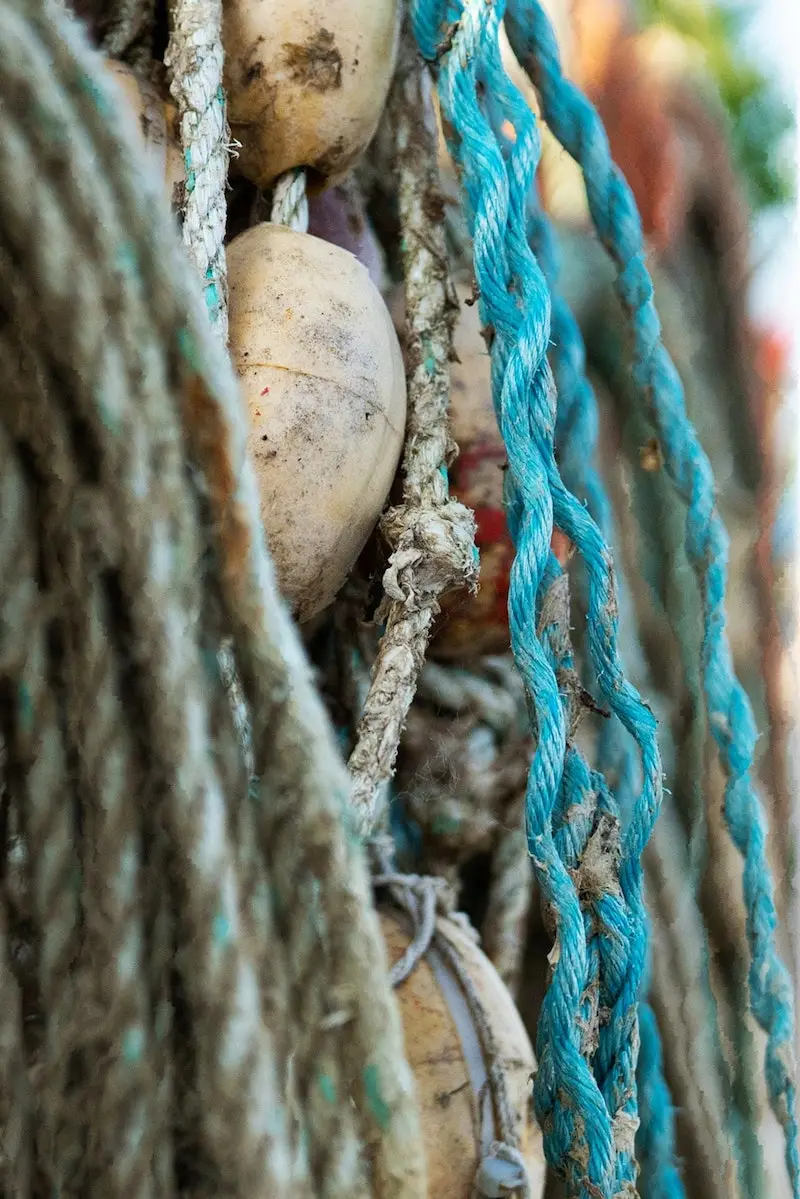
Qui sont vos photographes de référence ?
Il existe de nombreux photographes dont je m’inspire. En particulier, de nombreuses femmes photographes ont servi de modèles pour mon propre travail dans les domaines de la conservation, de la narration scientifique et du photo journalisme. Parmi elles, Melissa Groo, Jen Guyton, Viktoria Haack, Daisy Gilardini, Ruth Elwell Steck, Cristina Mittermaier, Brittany Crossman, Morgan Heim, Suzi Eszterhas, and Esther Horvath.
Vous aimez l'interview de Lana ?
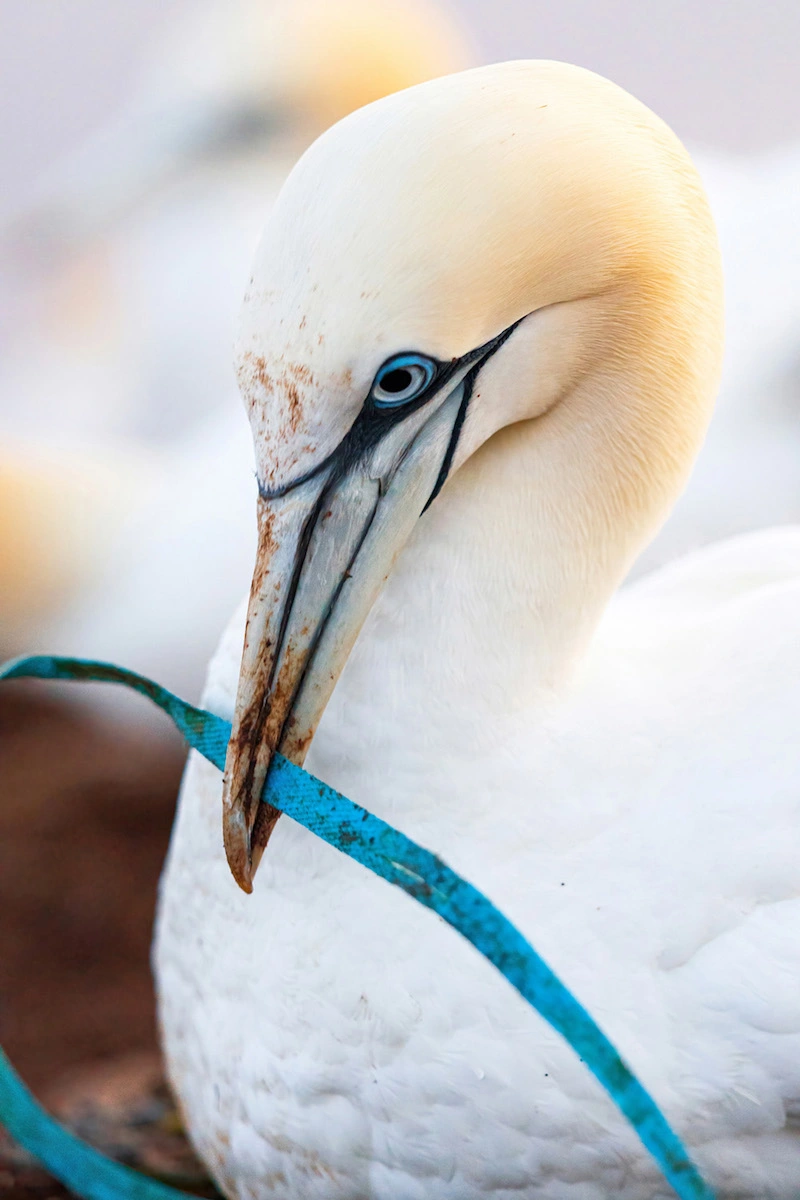
Que voulez-vous transmettre à travers les photos que vous partagez ?
En tant que conteur qui s’efforce de faire la différence, le but premier de mon travail est de faire progresser la conservation de la nature en faisant la lumière sur certains des problèmes environnementaux les plus urgents aujourd’hui.
Deuxièmement, je crois qu’en tant qu’humain, nous ne pouvons prendre soin des choses que nous connaissons et comprenons. Pour cette raison, un autre objectif de mes photographies est d’inciter à l’action en inspirant, éduquant et promouvant la compassion au sein des publics qui utilisent mon travail.
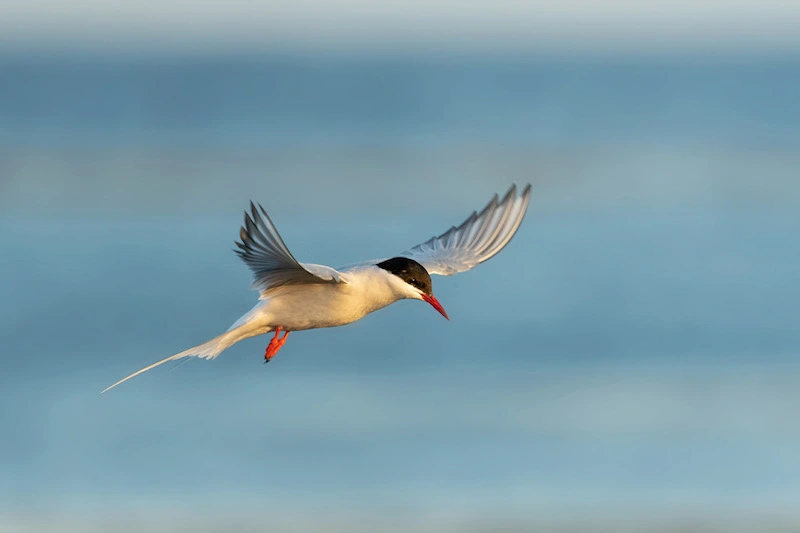
Si vous deviez choisir votre instant le plus significatif, lequel serait-il et pourquoi ?
Je trouve toujours quelque peu difficile de sélectionner un instant particulier, car chaque photographie renferme un souvenir spécial pour moi. Cependant, une expérience photographique qui m’a particulièrement marqué est un projet de conservation des baleines que j’ai poursuivi dans le nord de la Norvège en novembre 2019.
En suivant un bateau d’observation des baleines fonctionnant avec un moteur électrique, mon projet a documenté ses efforts pour promouvoir une alternative écologique aux pratiques standard de l’industrie. Pendant vingt jours en mer, j’ai pu documenter visuellement et participer à des efforts de photo-identification et de conservation aux côtés de biologistes marins et de guides. En plus de renforcer ma passion pour la conservation marine, l’expédition m’a également fait découvrir les implications éthiques de l’observation des baleines, ainsi que les complexités de la protection des zones marines.
Du point de vue de la narration, cette expérience a à la fois défié et repoussé mes limites personnelles en tant que photographe. Étant donné que les orques et les baleines à bosse ne sortent de l’eau que pendant un court instant, le temps nécessaire pour les capturer est réduit à une fraction de seconde. En tant que photographe, il m’a fallu faire preuve de beaucoup d’imagination, de prédiction et de prévoyance pour représenter ces moments de manière efficace et puissante. Ainsi, cette expérience a non seulement développé mes compétences photographiques, mais m’a également incité à comprendre le comportement et les techniques de chasse des orques et des baleines à bosse.
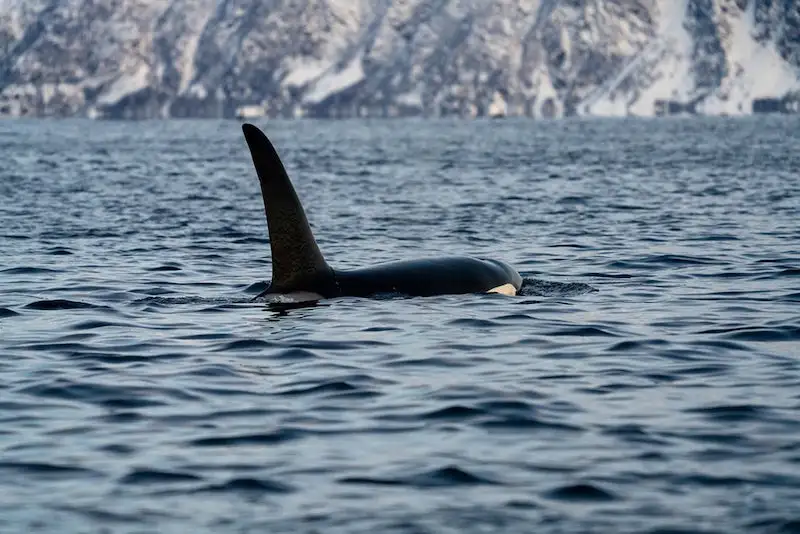
Conseils pratiques d'une photographe engagée dans la protection des animaux
Lana, quels conseils donneriez-vous à un jeune photographe qui souhaite débuter ?
Trouvez un mentor qui puisse critiquer honnêtement votre travail. Avoir quelqu’un qui peut vous donner un retour utile est le moyen le plus précieux (et le plus rapide) d’améliorer votre photographie. En plus d’être un observateur extérieur, un mentor peut mettre à profit sa longue expérience pour offrir une nouvelle perspective sur vos photos. D’un point de vue tant technique que créatif, c’est la façon la plus propice d’améliorer votre photographie animalière.
Cette interview vous inspire ?
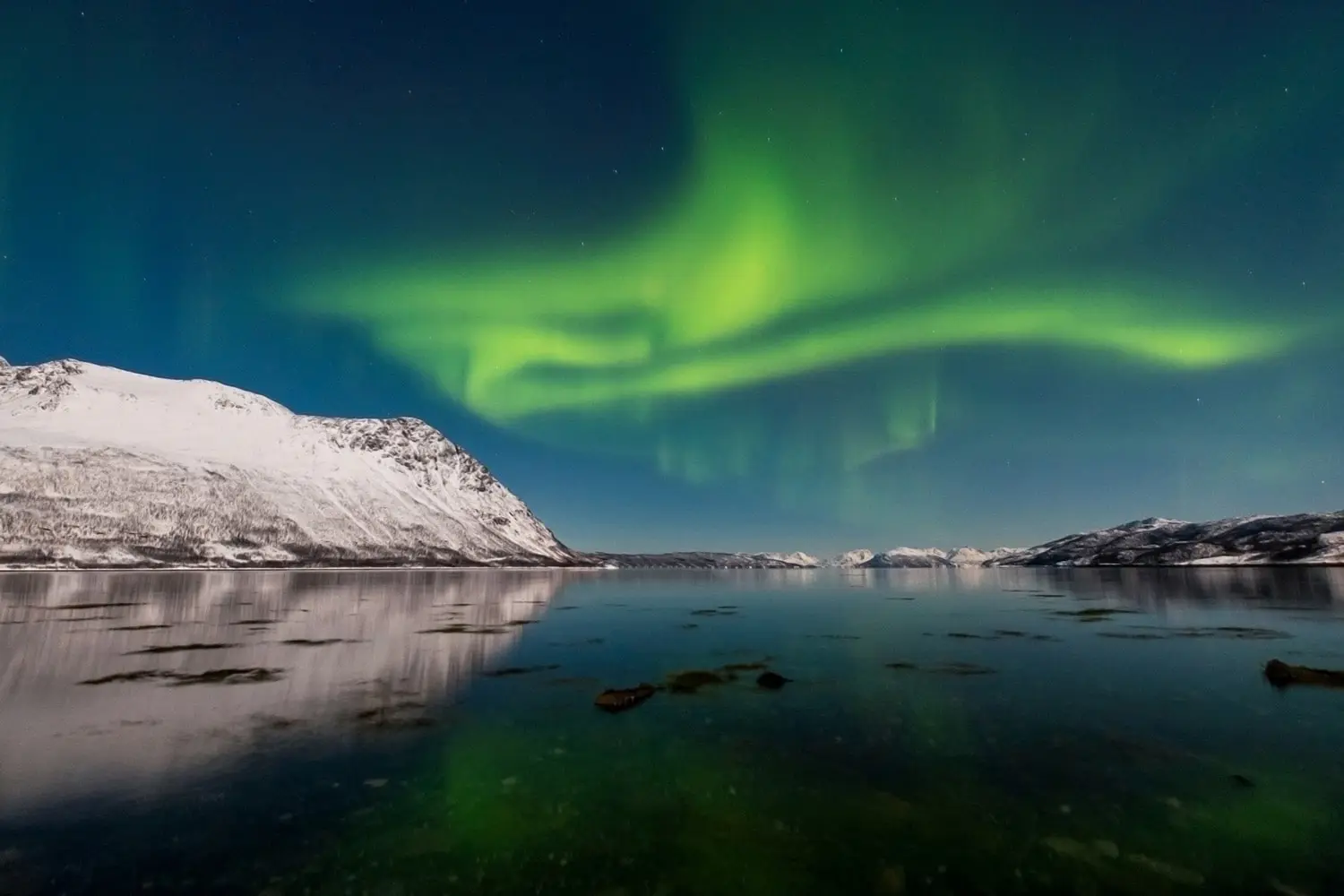
Enfin, quels sont vos projets ou objectifs futurs ?
À long terme, mon objectif est de trouver des plateformes qui me permettront de sensibiliser, d’éduquer et d’inspirer les autres sur les sujets qui me passionnent le plus. J’ai donc plusieurs projets de photographie de conservation à durée indéterminée et un documentaire en préparation, que je prévois de réaliser l’année prochaine. De plus, je travaille actuellement à l’expansion et au développement de la plateforme de narration, Créatives for Conservation, qui vise à fournir un aperçu des sujets environnementaux concernant la communauté, la faune et la conservation de la nature.
Enfin, l’éducation est également l’une des principales motivations de mon travail. Dans cette optique, je suis en train de planifier plusieurs ateliers passionnants pour l’année prochaine, qui seront proposés aux photographes débutants et intermédiaires désireux d’améliorer leurs compétences.

CYME est une entreprise créée par des photographes qui vise à perfectionner notre flux de travail et à gérer notre contenu visuel. Avec l’interview de Lana, nous essayons de partager des parcours individuels et artistiques de la communauté photographique que nous trouvons inspirants pour un avenir meilleur, comme la protection des animaux. Nous cherchons également à promouvoir des thèmes photographiques créatifs afin de perfectionner notre pratique de la photographie. N’oubliez pas de consulter nos autres interviews.
Prolongez ce moment avec Lana Tannir et son travail autour de la protection des animaux en la suivant sur son site ou sur Instagram.
Crédit Photo : © Lana Tannir




